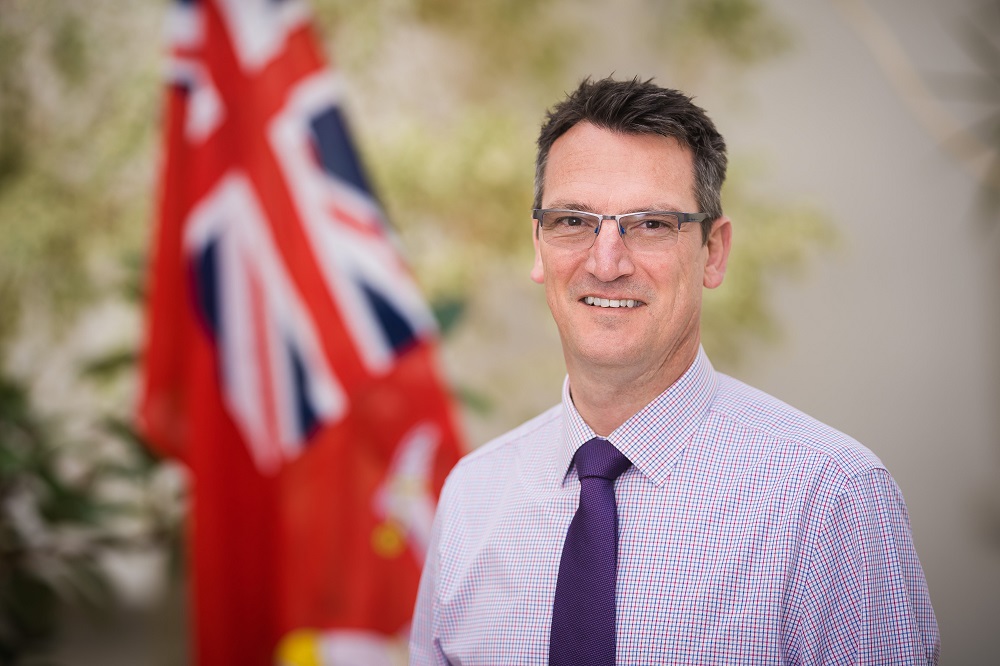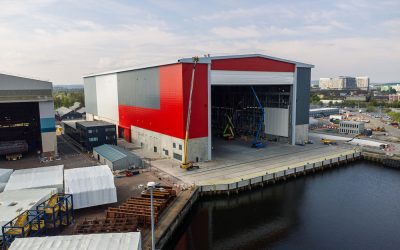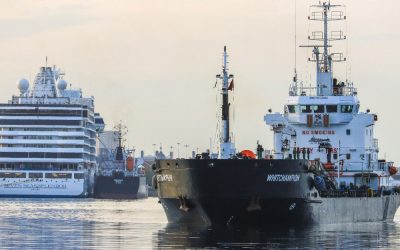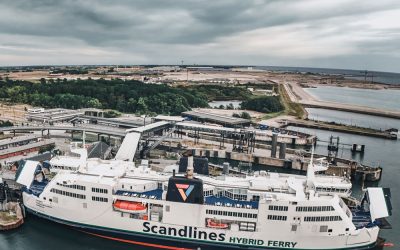Decarbonisation of the maritime industry is something that draws upon the efforts of many stakeholders, be that the assimilation of new fuels and engines, energy saving devices, or initiatives such as green corridors to incentivise shipowners and operators to adopt new technologies.
The role of Flag States in that process is often maligned; one need only look at some of the negative reporting that often accompanies sessions of IMO’s Marine Environment Protection Committee (MEPC), and the protracted efforts to arrive at a strategy for reducing GHG emissions, to form the impression that they embody maritime’s more recalcitrant tendencies. But, like the owners whose vessels their fleets are composed of, registries are a mixture of laggards and those that prefer to take a more progressive position.
One Flag State that’s keen to identify itself in the latter camp is the Isle of Man Ship Registry (IOMSR). Like other ‘white-listed’ flag registries it’s built its status on delivering a quality service at a competitive price, but as a not-for-profit organisation funded by the Isle of Man government, working under the broader umbrella of Isle of Man Maritime, it also has the latitude to address the challenge of decarbonisation more proactively than some of its competitors.
Two years ago, IOMSR introduced its Green Fee scheme, thereby becoming the first Flag State to offer owners a discount (15%) on their annual registration fees if their ships were using green technologies, be that biofuel, alternative fuels, wind, or shoreside charging. The registry was not without previous in that regard, having already introduced initiatives such as reduced fees for newbuildings that exceeded EEDI requirements.
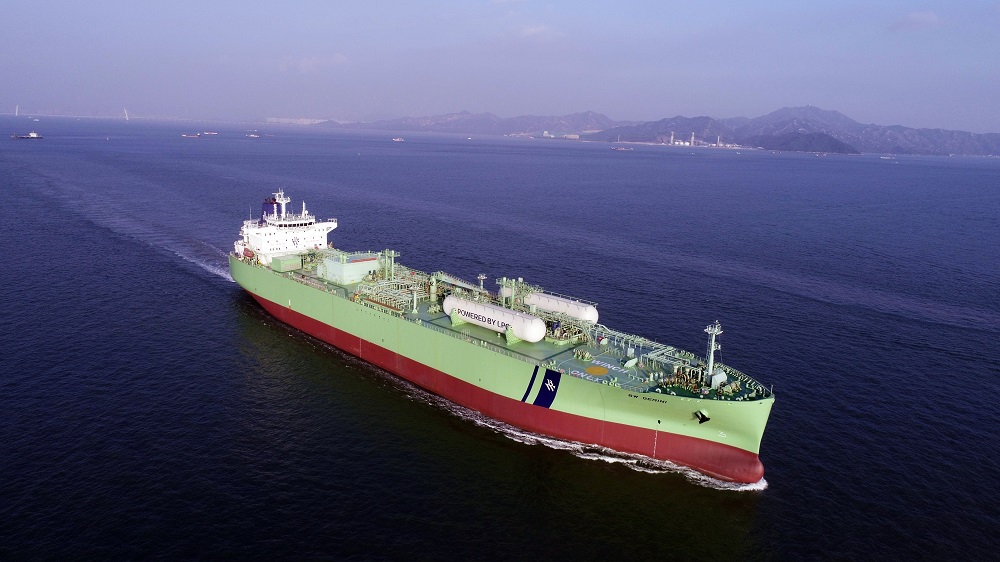
The IOM-flagged BW Gemini became the first VLGC LPG
But in 2020 it had also broken new ground when it was the first flag to give design approval for a VLGC LPG conversion, in collaboration with owner BW LPG, on its vessel the BW Gemini, and other partners. This coincided with a decision to embed green thinking in the registry’s philosophy during the COVID lockdown, according to Cameron Mitchell, IOMSR’s chief executive:
“It gave us a lot of time for soul searching about what a forward-thinking Flag State should look like, what best represented our core values and what we wanted to achieve. We held various away days, both the management team and the whole staff, looking at SMART objectives with risk versus benefit analysis using the SWOT tool. Regulations tell you how to do things, but the bigger role of the Flag State is hopefully trying to influence operators into making more informed choices.”
“We’ve got really smart senior surveyors in the office. They know a lot about all the codes and carriage requirements for dangerous goods. So we started thinking about what else we could offer clients and influence the shipping marketplace.”
IOMSR began looking at other organisations best aligned with its values and shortly announced it had joined (again, becoming the first Flag to do so) the Getting to Zero Coalition, the multi-party alliance that hopes to make zero-emission vessels and fuels by the end of this decade through promoting initiatives such as green corridors. Mindful to practise what it preached, IOMSR also began scrutinising its own operating model, particularly around the distances its surveyors would travel to conduct inspections.
“Our core survey team in the Isle of Man now only do inspections in Europe, generally speaking. Then we have other contracted surveyors at key locations around the world, who might travel to another country but not great distances. Obviously we had to ensure they were properly trained and originally this meant they were accompanied by our staff, but most are former navigational officers or senior engineers, or had worked for a class society, so they’ve all got a solid background.”
IOMSR has also embraced remote general inspections, something which became invaluable during the pandemic and continues. Mitchell says much depends on how fully the operator has embraced digitalisation but this has also required the registry’s surveyors to learn new skills.
Sustainable Development Goals
The United Nations’ Sustainable Development Goals (SDGs), which were adopted by all UN members in 2015, are in part intended to help companies assess their own environmental performance and it’s a duty that IOMSR has attempted to incorporate into its own operating model. One of the challenges, Mitchell explains, has been identifying SDGs which best represent the registry’s goals without bringing it into opposition with the shipowners who pay for its services.
SDG No.9 – which covers ‘Industry, innovation and infrastructure’ – fits perfectly with IOMSR’s stated aims when considering alternative designs and arrangements for fuel systems, as well as emerging technologies and wind assisted propulsion. Pertinently, one of the registry’s recent accomplishments was securing the registry of what’s billed as the world’s most powerful sailing cargo ship, the WindWings-equipped Newcastlemax bulk carrier Berge Olympus, to its fleet at the start of the year following its retrofitting.
But it doesn’t stop there. Mitchell says: “With SDG No. 12 [‘Responsible consumption and production’] although we’re already ISO 14001 certified and have targets every year it’s forced us to look at everything we could do in our operating model to improve consumption of resources.”
“No.13 [Climate action] we tied to our work with the Getting to Zero coalition but also in practical steps we brought in the Green Fee scheme. There were various other flags that had preferential rates for LNG carriers, or because a ship burned LNG, but nobody had considered the full suite. So we looked at all the [new] alternative fuels and what technologies are available that, if a shipowner fitted them to a ship, would reduce emissions.”
Partly as a result of these endeavours, Mitchell says the IOMSR has also been tasked with representing the UK on an IMO working group that will assess the current state of all existing conventions and how well future fuels sit within these existing frameworks with regard to matters such as seafarer training (STCW) and hazard identification.
In addressing the final earmarked SDG, No. 14 – Sustainability of life below water – the registry has become a member of the nonprofit organisation Eyesea, which maps global pollution and maritime hazards using an app. “One of the things we wanted to achieve is collective action, for seafarers and Isle of Man ships to start using the app and tracking marine pollution. It can be done anonymously and geopositions the pollution, but it also allows Eyesea to track it using tidal streams and weather patterns to see where that pollution ends up,” says Mitchell.
These efforts to combat marine pollution have also led the IOMSR to join forces with a number of partners to co-sponsor the Luna Foundation’s beach clean-up work at the Vasai Beach in Mumbai last year. Looking ahead, Mitchell says they are also exploring the possibility of supporting another SCG around human rights and ensuring better welfare support for seafarers, building upon work done with an app developed in conjunction with seafarer support association ISWAN.
Fostering collaboration
Although in the past IOMSR has shied away from membership of industry organisations (although not, Mitchell says, for any particular reason) it’s now rethinking how it can better represent the interests of its clients. In the past few years it has joined InterCargo, Intertanko and the Asian Shipowners Association (60% of the vessels in its fleet are managed from Asia) and most recently the Maritime Anti-Corruption Network.
Mitchell strongly believes that IMO’s decarbonisation targets aren’t achievable without stakeholders working together, with greater data transparency being a significant part of that journey, something that’s not currently the case with IMO’s Global Integrated Shipping Information System (GISIS) system, where most of the data is not generally accessible. In 2022, IOMSR signed an MOU with FuelTrust, a US-based company. FuelTrust has developed an AI chemist capable of taking a bunker delivery note and working out the properties of that fuel, cross referencing with the ship engine details and fuel consumption, and calculating the emissions.
Ultimately the push for greater emissions transparency could lead to the traditional white, grey and black lists that quantify the performance of flags being extended beyond merely noting the ship deficiencies currently noted by Port State Control and incorporating a registry’s environmental performance as well.
“I can’t see the journey through MARPOL Annex VI slowing down. If we’re using EEDI, EEXI and CII to set a standard – albeit those standards may change – and saying how green a ship or fleet is, then why wouldn’t those same standards of reporting be asked of flags?
“Greater data transparency is key if shipping is to meet the IMO’s 2050 target,” he concludes.
